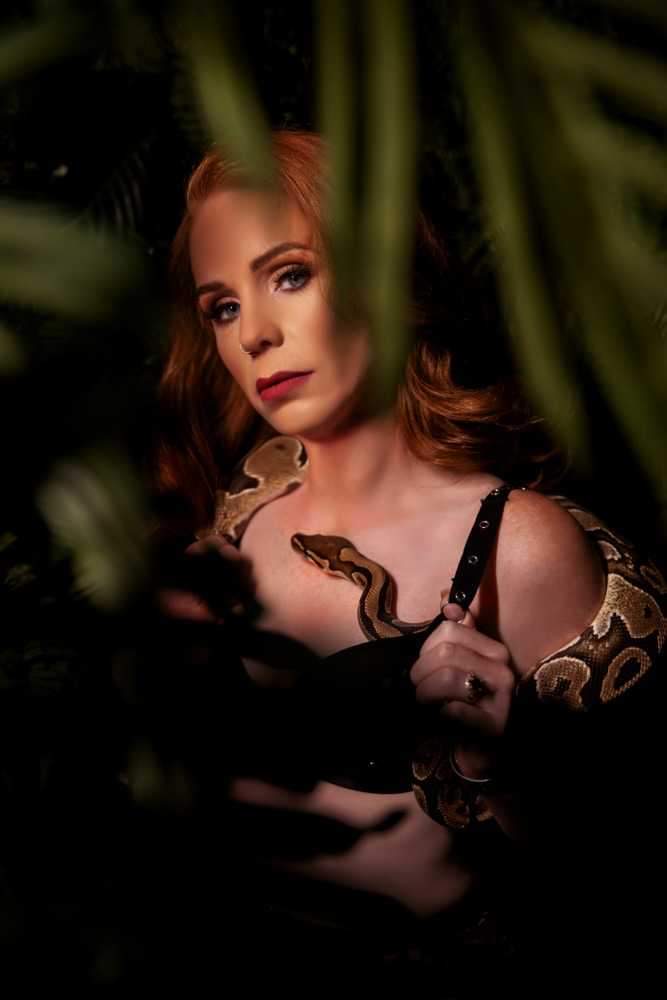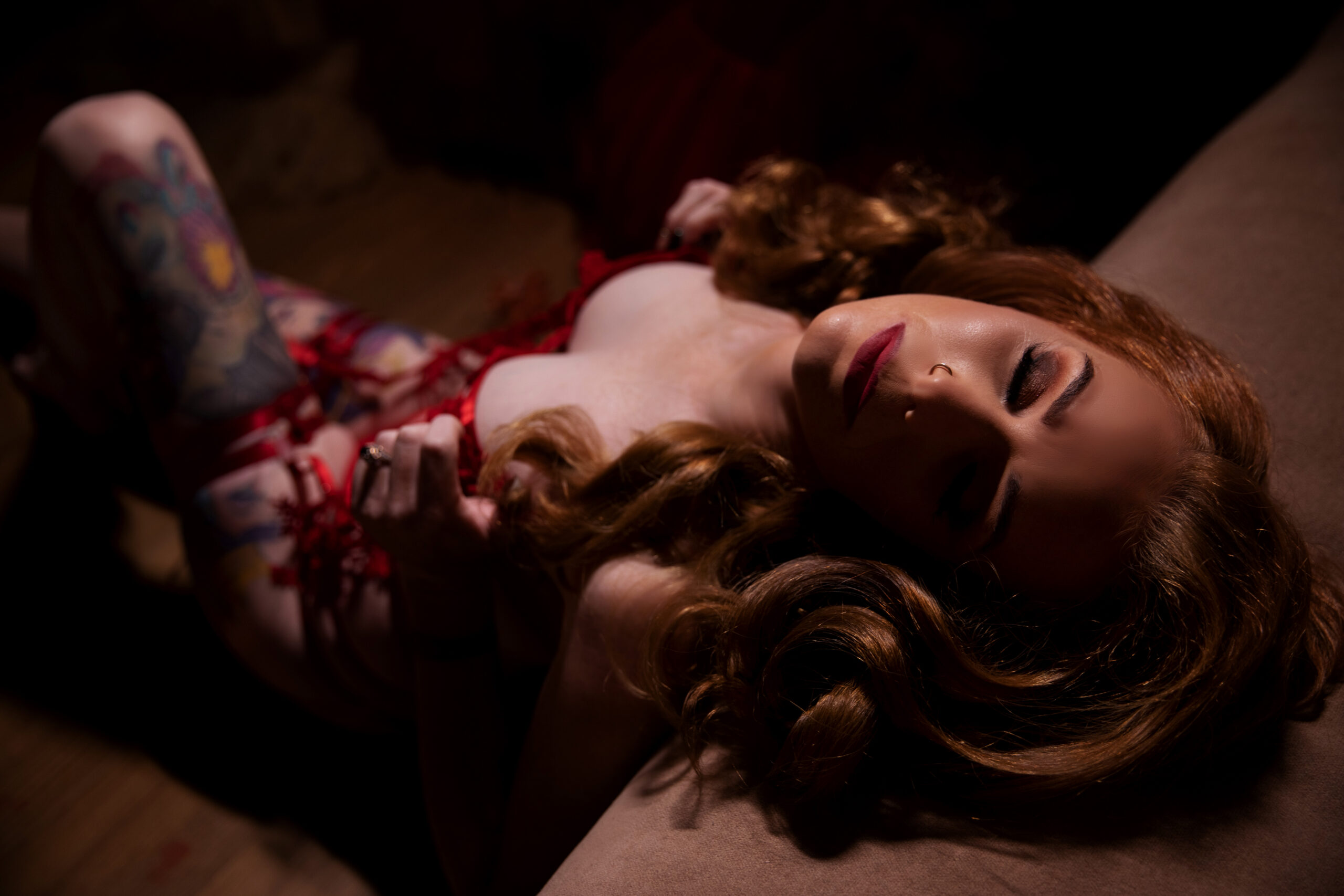Trauma, in any form, can have a profound impact on an individual’s life. It can leave emotional scars, diminish self-esteem, and hinder the process of healing and recovery. However, in recent years, a unique and empowering approach has emerged as a potential avenue for healing traumas – boudoir photography. Boudoir photography is a form of intimate portraiture that focuses on capturing the beauty, sensuality, and confidence of an individual. In this blog, we will explore how boudoir can help heal traumas by empowering individuals to reclaim their self-confidence and embrace their journey of healing.

1. Embracing Vulnerability and Self-Acceptance:
Trauma often leaves individuals feeling disconnected from their bodies and struggling with a sense of self-worth. Boudoir photography offers a safe and supportive environment for individuals to embrace their vulnerabilities and practice self-acceptance. By allowing themselves to be seen and appreciated through the lens, survivors of trauma can begin to reconnect with their bodies, fostering a positive relationship with themselves. This process can be transformative, as it encourages individuals to acknowledge their inner strength, beauty, and resilience.
2. Reclaiming Ownership of the Body:
Trauma can leave survivors feeling as if their bodies are no longer their own, leading to a sense of powerlessness and disconnection. Boudoir photography provides an opportunity to reclaim ownership of the body and redefine personal boundaries. Through carefully curated poses and expressions, survivors can explore and assert their agency over their bodies. This process enables them to shift from feeling like passive victims to active participants, thus promoting a sense of empowerment and control.


3. Cultivating Self-Confidence:
Low self-esteem is a common consequence of trauma, often leaving individuals feeling unworthy and unattractive. Boudoir photography sessions offer a unique chance to challenge these negative self-perceptions and cultivate self-confidence. Professional photographers, experienced in working with individuals of diverse backgrounds, guide and encourage participants throughout the process. As survivors see themselves through the eyes of an artist, capturing their beauty and strength, they begin to challenge their own self-doubts and negative beliefs. This transformation can pave the way for improved self-esteem and a more positive self-image.
4. Celebrating Resilience and Progress:
Healing from trauma is a journey that requires acknowledging progress and celebrating resilience. Boudoir photography serves as a visual reminder of the progress survivors have made in their healing process. Looking back at the images, individuals can witness their own growth, strength, and determination. The tangible evidence of their journey becomes a source of inspiration, reinforcing the belief that they are capable of overcoming challenges. This celebration of resilience serves as a powerful tool for continued healing and motivation.

Boudoir photography has emerged as an innovative and empowering approach to healing trauma. By embracing vulnerability, reclaiming ownership of their bodies, cultivating self-confidence, and celebrating progress, survivors can embark on a transformative journey of self-healing. Boudoir photography sessions provide a safe and supportive space where individuals can explore and express their true selves, rekindling their self-worth and igniting a renewed sense of empowerment. While it may not be a solution for everyone, the healing potential of boudoir photography lies in its ability to capture and reflect the beauty and strength that exists within each individual, reminding them that their journey of healing is worth celebrating and embracing.

COMMENTS